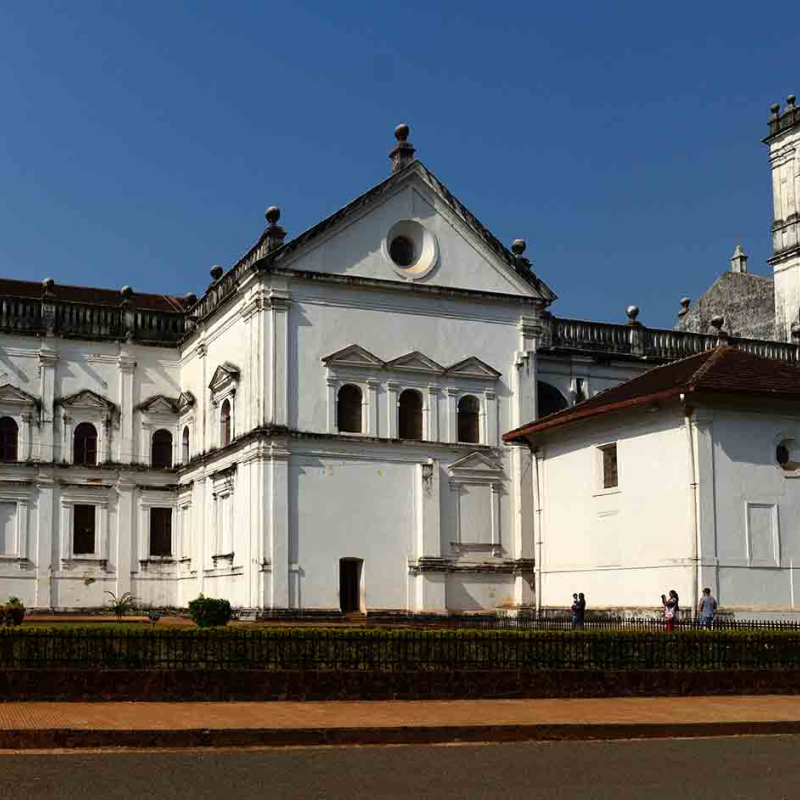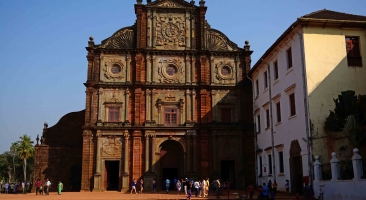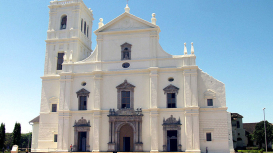Goa came under Portuguese rule in 1510 when Viceroy Alfonso de Albuquerque captured Goa from the Bijapur Sultanate, thus commencing a 450-year rule which lasted till 1961. Goa became the administrative headquarters of Estado da Índia, governing all Portuguese enclaves within India and other colonies scattered throughout Asia. In the mid- to late 16th century, Old Goa flourished as a cosmopolitan city and competed with Fatehpur Sikri and Vijayanagara as the largest urban settlements in medieval India. It remained the capital of Goa for nearly three centuries before a combination of malaria, cholera and plague outbreaks forced the establishment of a new capital at Panjim. Though the city was depopulated, the churches, chapels, cathedrals, nunneries and convents remained in active use till modern times. These buildings are the only examples of Baroque, Mannerism and Rococo architectural styles in India, which were influenced by contemporary developments in Renaissance Europe. The churches of Old Goa form an important part of India's colonial heritage, and are a pilgrimage site for Christians from around the world.

Subuhi Jiwani
Subuhi Jiwani is a researcher based in Mumbai. She shares her findings through writing and video.



